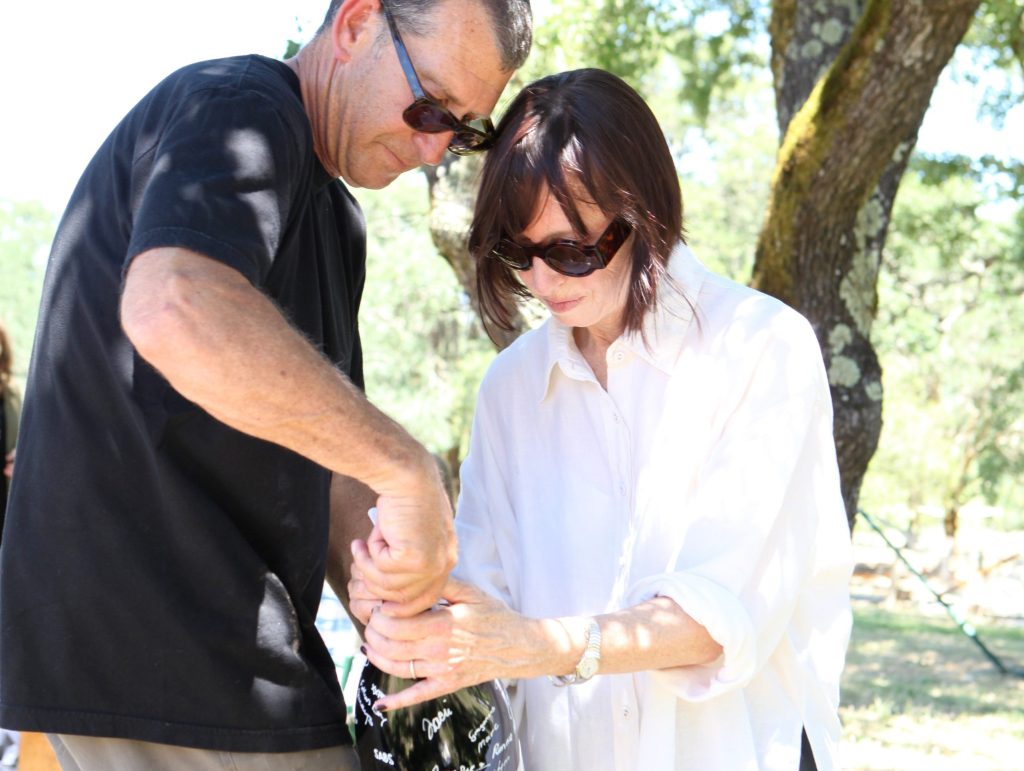Does it sometimes feel like there are butterflies in your chest? Does your heart race or skip a beat? If it’s not your crush making your heart go pitter-pat, it could be a common heart condition called atrial fibrillation or AFib for short. This Valentine’s Day, take heart and consider seeing an expert if you are experiencing these symptoms. After all, AFib dramatically increases the odds of having a life-threatening stroke.
“Stroke occurs when arteries in the brain are either blocked by a blood clot or burst under high pressure,” said Ilana Spokoyny, M.D., neurologist who cares for patients at Sutter’s Mills-Peninsula Medical Center. “So when we talk about stroke prevention, it’s natural that we emphasize how to keep clots from forming or keep blood pressure regulated—and both start with the heart.”
Heart health and stroke prevention are focus areas for Dr. Spokoyny, who also acts as research director for Northern California’s only Mobile Stroke Unit – a specialized ambulance that has the staff and equipment on-board to start stroke treatment while enroute to a hospital.
Atrial fibrillation
AFib is caused when the upper part of your heart beats out of sync with the lower half. While not usually life-threatening by itself, AFib alters the normal function of the heart which leads to the formation of blood clots in the heart. Eventually these clots are pumped out of the heart and can travel to the brain where they causes a stroke.
According to Dr. Spokoyny, nearly one in every six strokes is the result of AFib, and these strokes are often more serious. “Not only are AFib patients nearly five times more likely to suffer a stroke than those without the condition, AFib-related strokes are nearly twice as fatal and twice as disabling as non-AFib-related strokes.”
“AFib may be asympomatic or symptoms show up intermittently, and because they come and go many people don’t take them seriously,” Dr. Spokoyny explained. “We need to spread the word that you shouldn’t ignore the butterfly feeling in your chest or dismiss the occasional fatigue or shortness of breath you experience.” When diagnosed, AFib is treatable with medication or medical procedures, including surgery, to reduce your risk of stroke.
High blood pressure
High blood pressure increases the strain on blood vessels transporting blood throughout your body. When blood is routinely pumped through arteries at a higher than optimal pressure, the arteries may become weakened or narrowed, creating conditions where they burst or clog more easily.
Dr. Spokoyny reminds patients that high blood pressure is the single most important risk factor for stroke. “About three out of four people who have a stroke for the first time have high blood pressure.” High blood pressure often presents along with atrial fibrillation. The good news is that blood pressure can be managed with lifestyle changes and medications.
For more information visit: www.heart.org/prevention





